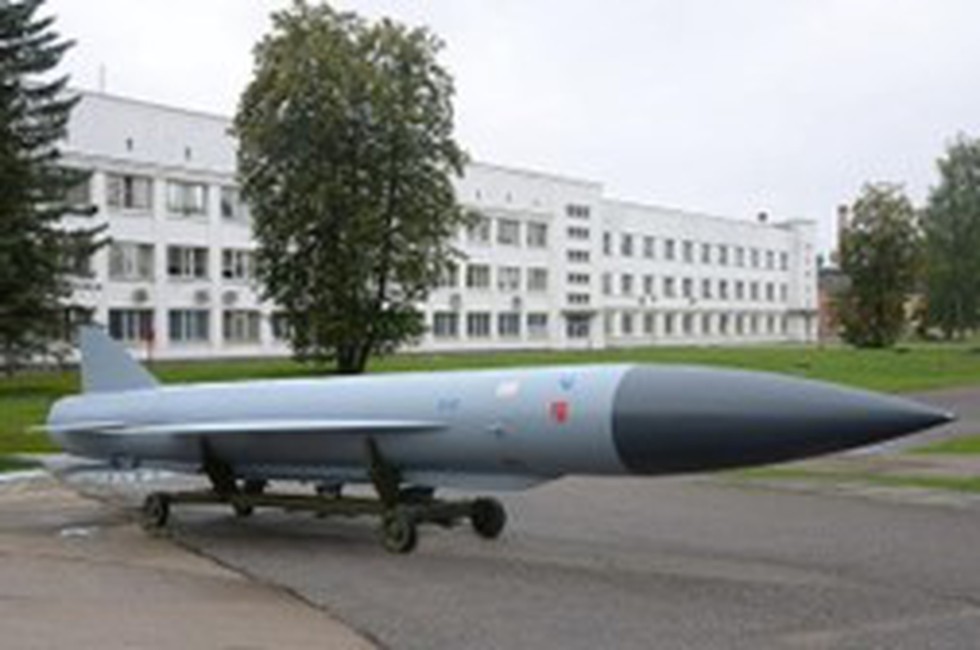In the aftermath of the significant missile and drone assault by Russia on Ukraine on December 29, 2023, Yurii Ihnat, the spokesperson for the Ukrainian Air Force, revealed during a television appearance that Russia had unleashed 300 Kh-22 missiles on Ukraine since the initiation of the conflict under the framework of the SMO (Strategic Military Operation). Notably, none of these missiles were successfully intercepted by Ukrainian air defense systems.
Ihnat explained the challenges in countering the Kh-22, emphasizing its high speed of four thousand kilometers per hour and its tendency to follow a ballistic trajectory, necessitating specialized interception capabilities such as the Patriot air defense system. He mentioned that the adversary had employed both the Kh-22 and its upgraded version, the Kh-32, in the ongoing conflict.
The Kh-22, developed in the early 1960s, was designed to penetrate enemy air defenses and target large structures, including ships, military bases, and power plants. Its successor, the Kh-32, introduced in 2016, featured improvements such as a conventional warhead, an enhanced rocket motor, and a multi-frequency radar seeker, making it less susceptible to jamming.
The report elaborated on the operational distinctions between the Kh-32 and the maneuvering hypersonic Kh-47M2 Kinzhal missile. The Kh-32’s cruising speeds ranged from Mach 3.5 to Mach 4.6 at altitudes up to 40 km, with a maximum range of 1000 km. It offered two launch modes, high-altitude and low-altitude, presenting challenges for interception due to its trajectory variations during the attack.
Both the Kh-32 and Kinzhal were described as aerodynamic targets with speeds and altitudes beyond the engagement capabilities of NATO air defense systems deployed in Ukraine, including the US Patriot systems. The Kh-32, in particular, was deemed invulnerable to interception, capable of withstanding hits from 20 mm rotary cannons or air-to-air missiles.
A notable feature of the Kh-32 highlighted in the report was its reported ability to share target information in-flight with another Kh-32, a strategy designed to deceive enemy air defenses during attacks. The missiles could operate in pairs, with one acting as a decoy to pinpoint the location of air defense radar, while the other, equipped with radar emission sensors, would then strike from high altitudes.
The Ukrainian concern over the Kh-32 stemmed from its perceived effectiveness, as compared to the Kinzhal, in terms of both quantity and destructive power. The Kh-22 variant, with its larger warhead, was identified as more potent, and the Kh-32s proved more resilient to interception attempts compared to hypersonic missiles like the Kinzhal and Iskander-M.
The report concluded by explaining why Russian forces continued to deploy the Kh-32 despite its limitations in launch platforms and cost compared to the more versatile Kalibr cruise missiles. The Kalibr missiles were considered more economical and adaptable, capable of deployment from various platforms, including airborne, sea surface, and undersea, unlike the Kh-32 restricted to Tu-22M3 bombers.
